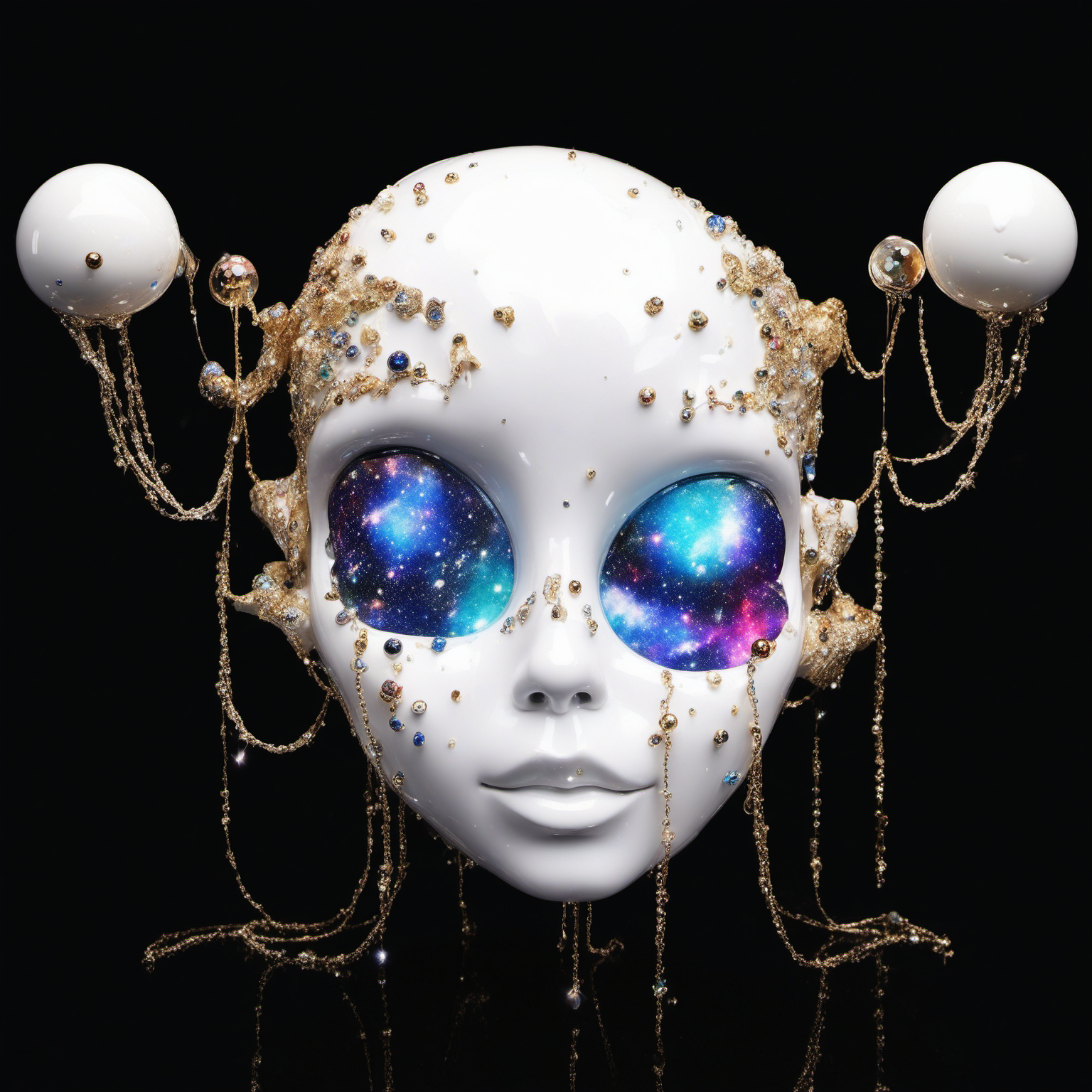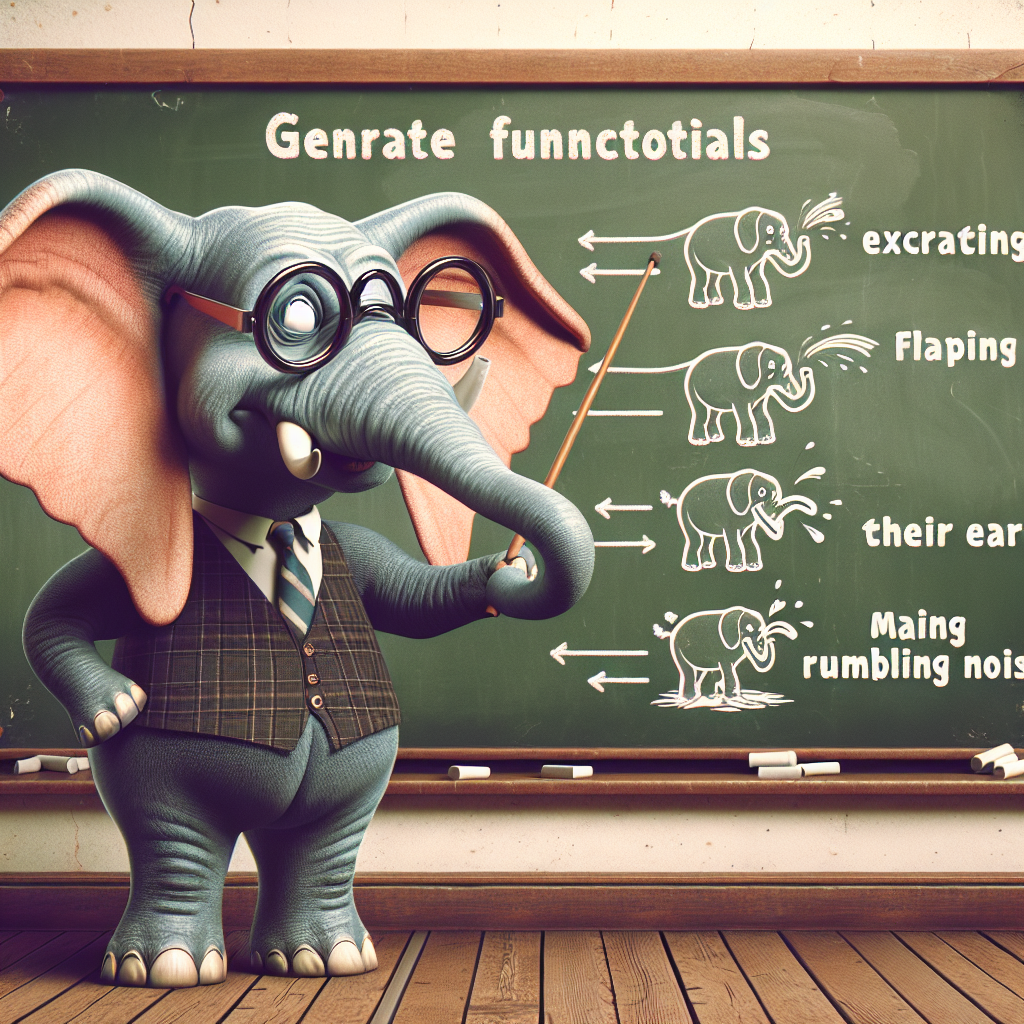Summary made by ChatGPT4
Introduction
Imagine walking through the African savannah, mimicking a bird’s call, and being led to a hidden treasure of sweet, golden honey. This isn’t a scene from a fantasy novel but a real interaction between humans and a remarkable bird known as the greater honeyguide. The scientific paper I’m about to discuss delves into this fascinating world of interspecies communication, revealing insights into how cultural variations in human societies shape and are shaped by our interactions with the natural world.
The Study
The paper, titled “Culturally-determined interspecies communication between humans and honeyguides,” examines how different African communities communicate with honeyguides – birds that lead humans to bees’ nests. Researchers observed that honey-hunters in various parts of Africa use distinct calls to attract these birds. Intriguingly, the honeyguides respond more readily to local calls than to those from different regions. This pattern suggests that the birds learn to recognize and react to the specific signals of their local human counterparts.
Experiments and Findings
The researchers conducted field experiments in Tanzania and Mozambique, playing back different honey-hunting calls to study the birds’ responses. They discovered that in Tanzania, honeyguides were more likely to initiate cooperation in response to local Hadza whistles compared to foreign Yao trill-grunts or arbitrary human sounds. Similarly, in Mozambique, honeyguides showed a higher probability of responding to local Yao trill-grunts. These findings indicate that honeyguides can distinguish between different human cultures’ calls, pointing towards a form of learned behavior rather than innate recognition.
Theoretical Implications
The study extends beyond just understanding bird behavior. It delves into the concept of cultural coevolution – where the learned behaviors of one species influence and are influenced by another species. In this case, human cultural practices and the honeyguides’ responses to them evolve together, creating a unique form of interspecies communication and cooperation. This phenomenon not only highlights the complexity of animal intelligence but also underscores the intricate ways in which human societies interact with and influence the natural world.
TLDR
This paper presents groundbreaking research on how honeyguides and humans interact, showing that these birds learn and respond to culturally specific calls used by different African communities. This interspecies communication is an example of cultural coevolution, where human traditions and wildlife behavior influence each other.
AI Afterthoughts
The implications of this study stretch our understanding of the animal kingdom’s cognitive abilities and suggest profound possibilities. If honeyguides can learn and adapt to human cultural variations, what does this say about the cognitive abilities of other species we interact with daily? Could understanding and harnessing such interspecies communications lead to new forms of cooperation in conservation efforts, or even reshape our approach to the natural world? As we unravel more of these natural mysteries, we step closer to a future where humans and wildlife can coexist in a more harmonious and mutually beneficial relationship.

